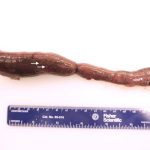The pathogen that causes tularemia can survive for months in the environment, including wetlands, and is spread through direct contact or inhalation from these sources.
Tag Archives Jamie Rothenburger

Viruses significantly damage the brain of cattle fetuses
When pregnant cattle get infected with pathogens, there can be severe consequences for their fetal calves. Bovine viral diarrhea virus (BVD) is an important example of this.

Nervous system’s strong protection can cause problems
The nervous system is a truly remarkable biological achievement. However, the features that protect it can also contribute to harm in cases of disease.

Horses’ complex sinuses make them susceptible to disease
The head of a horse contains a shockingly small brain. There is far more space dedicated to teeth, a muscular tongue, long nasal passages and the sinuses. The massive, complex sinuses in horses are prone to disease. Sinuses are like a series of interconnected caves that occupy the front and sides of the face in […] Read more
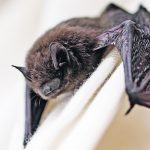
Study finds bat population crash increases insecticide use
I’ve written before in this column about the bat disease that has decimated North American populations. As a brief refresher, white nose syndrome is a disease caused by a fungal pathogen that was introduced into the state of New York in 2006. The fungus causes a skin infection, making a characteristic white fuzz around the […] Read more
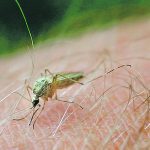
Mosquitoes can spread significant animal pathogens
As with my previous column on flies, it is hard to come up with anything positive to write about mosquitoes. In an optimistic take on these tiny insects, Ned Flanders from the TV show The Simpsons commented, “sure are fun to scratch — satisfying.” There are approximately 3,600 known species of mosquitoes ,and scientists classify […] Read more
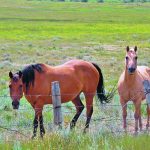
Study shows deadly horse parasite alive and well in Alberta
A recent Alberta study of horses found that a particular parasitic infection is more common than previously thought. The parasite, Strongylus vulgaris, was considered to be well controlled by modern deworming medications. However, veterinary pathologists at the University of Calgary undertook the study after noticing an apparent increase in the number of horses affected by […] Read more
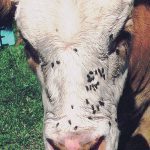
Flies pose significant health implications for livestock
It is hard to come up with good things to say about flies, but I’ll give it a go anyway. They are an ancient group of creatures, having evolved more than 200 million years ago. There are more than 150,000 known species of flies, with likely many more thousands of species remaining undescribed. Flies occupy […] Read more

Most rodenticide-poisoned dogs survive with treatment
Rodent poisons, also known as rodenticides, have long presented a hazard to animals other than their intended victims. Dogs and wildlife such as owls, hawks, eagles and other raptor bird species are frequently exposed to these products. The consequences of poisonings have increased with development of second-generation products, which have a significantly longer effect on […] Read more

Track systems can replace traditional horse management
The name track management might lead one to think of box stall shed rows at a race track. That was certainly my first impression. However, it is actually the name given to a horse management style that is gaining popularity, particularly in places where land for turnout is scarce. The basic idea is to spread […] Read more



